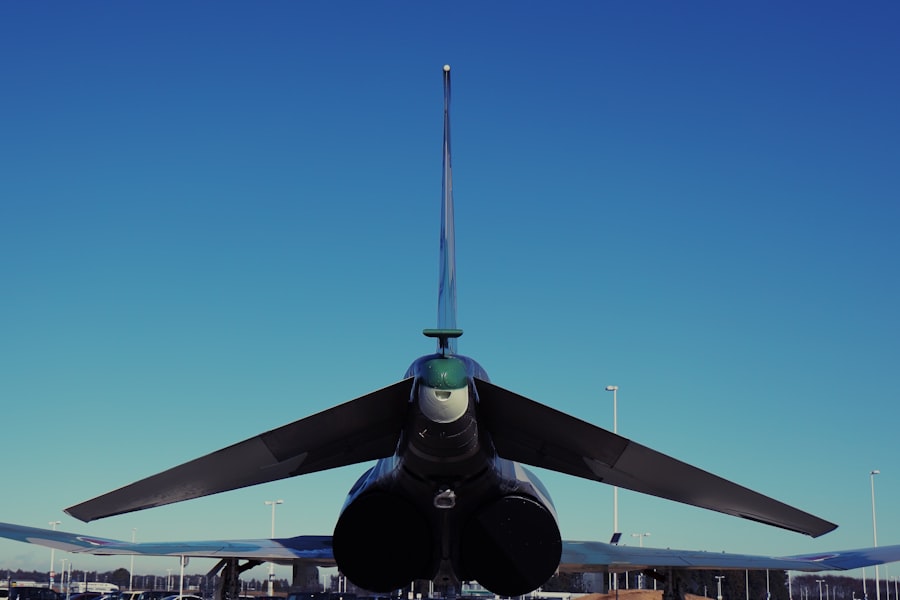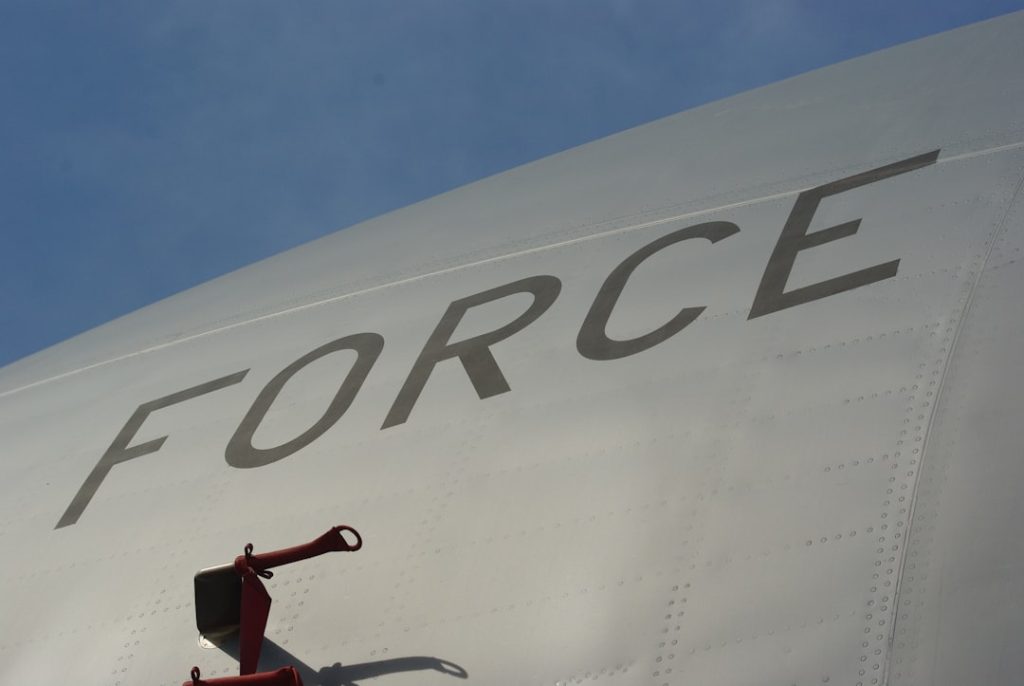The aerospace and defense industry is a multifaceted sector that encompasses the design, development, and production of aircraft, spacecraft, and defense systems. This industry plays a pivotal role in national security, economic stability, and technological advancement. It includes a wide range of activities, from commercial aviation and space exploration to military equipment manufacturing and cybersecurity solutions.
The significance of this sector extends beyond mere transportation; it is integral to the strategic capabilities of nations and the advancement of human exploration beyond Earth. Historically, the aerospace and defense industry has been characterized by its high barriers to entry, substantial capital requirements, and rigorous regulatory frameworks. The interplay between government contracts and private sector innovation has shaped its evolution.
Major players in this field often collaborate with government entities to develop cutting-edge technologies that enhance national security and promote economic growth. As global dynamics shift, the industry faces new challenges and opportunities that will define its trajectory in the coming years.
Key Takeaways
- The Aerospace & Defense Industry is a critical sector that encompasses the design, development, production, and maintenance of military and civilian aircraft, as well as weapons systems and space technology.
- Current challenges facing the Aerospace & Defense Industry include geopolitical tensions, budget constraints, supply chain disruptions, and the need for advanced cybersecurity measures.
- Opportunities for growth and innovation in the Aerospace & Defense Industry include the development of unmanned aerial vehicles, space exploration, additive manufacturing, and the integration of artificial intelligence and machine learning.
- Global market trends and dynamics in the Aerospace & Defense Industry are influenced by increasing defense spending, technological advancements, and the emergence of new players in the market.
- Technological advancements such as 3D printing, advanced materials, and digital twin technology are impacting the Aerospace & Defense Industry by improving efficiency, reducing costs, and enhancing product performance.
Current Challenges Facing the Aerospace & Defense Industry
The aerospace and defense industry is currently grappling with a myriad of challenges that threaten its stability and growth. One of the most pressing issues is the impact of geopolitical tensions on defense spending. Countries are increasingly reassessing their military budgets in light of shifting alliances and emerging threats.
For instance, the ongoing conflict in Eastern Europe has prompted NATO members to bolster their defense capabilities, leading to increased demand for advanced military technologies. However, this surge in spending is not uniform across all nations, creating disparities in market opportunities. Another significant challenge is the supply chain disruptions that have plagued the industry, particularly in the wake of the COVID-19 pandemic.
The aerospace sector relies heavily on a complex network of suppliers for components and materials. The pandemic exposed vulnerabilities in these supply chains, leading to delays in production and increased costs. Companies are now faced with the daunting task of re-evaluating their supply chain strategies to ensure resilience against future disruptions.
This includes diversifying suppliers, investing in local manufacturing capabilities, and adopting advanced technologies for supply chain management.
Opportunities for Growth and Innovation in the Aerospace & Defense Industry

Despite the challenges, the aerospace and defense industry is ripe with opportunities for growth and innovation. One area of significant potential is the development of sustainable aviation technologies. As environmental concerns become increasingly prominent, there is a growing demand for greener alternatives in aviation.
Companies are investing in research and development of electric and hybrid aircraft, as well as sustainable aviation fuels (SAFs). For example, major airlines are collaborating with manufacturers to explore the feasibility of electric propulsion systems that could revolutionize short-haul flights. Moreover, advancements in artificial intelligence (AI) and machine learning are opening new avenues for innovation within the defense sector.
These technologies can enhance decision-making processes, improve operational efficiency, and enable predictive maintenance for military equipment. For instance, AI-driven analytics can help defense organizations optimize logistics and resource allocation, ultimately leading to cost savings and improved mission readiness. The integration of AI into defense systems also enhances situational awareness on the battlefield, providing commanders with real-time data to make informed decisions.
Global Market Trends and Dynamics in the Aerospace & Defense Industry
| Metrics | Data |
|---|---|
| Market Size | Estimated to reach 1.5 trillion by 2030 |
| Growth Rate | Expected to grow at a CAGR of 3.5% from 2021-2026 |
| Key Players | Boeing, Lockheed Martin, Airbus, Northrop Grumman |
| Market Segments | Commercial Aviation, Defense, Space |
| Technological Trends | Increased use of AI, IoT, and 3D printing in manufacturing |
The global aerospace and defense market is influenced by various trends that shape its dynamics. One notable trend is the increasing emphasis on modernization and upgrades of existing military platforms rather than new acquisitions. Many countries are opting to enhance their current fleets with advanced technologies rather than investing in entirely new systems.
This trend is driven by budget constraints and the need for immediate operational capabilities. For example, nations are retrofitting older aircraft with modern avionics and weapon systems to extend their service life while maintaining effectiveness. Additionally, there is a noticeable shift towards collaborative defense initiatives among allied nations.
Joint programs for developing advanced military technologies are becoming more common as countries recognize the benefits of shared resources and expertise. The F-35 Joint Strike Fighter program exemplifies this trend, involving multiple countries in its development and production phases. Such collaborations not only reduce costs but also foster interoperability among allied forces, enhancing collective security.
Technological Advancements and Their Impact on the Aerospace & Defense Industry
Technological advancements are at the forefront of transforming the aerospace and defense industry. Innovations such as unmanned aerial vehicles (UAVs), advanced materials, and 3D printing are reshaping how companies design and manufacture products. UAVs have gained prominence for both military and commercial applications, offering capabilities such as surveillance, reconnaissance, and cargo delivery without risking human lives.
The proliferation of drones has led to new regulatory considerations as governments seek to balance innovation with safety. Moreover, advanced materials like composites and lightweight alloys are revolutionizing aircraft design by improving fuel efficiency and performance. The use of 3D printing technology is also gaining traction in manufacturing processes, allowing for rapid prototyping and reduced waste.
This technology enables companies to produce complex components with greater precision while minimizing lead times. As these advancements continue to evolve, they will play a crucial role in enhancing operational capabilities across both commercial aviation and defense sectors.
Regulatory and Policy Considerations in the Aerospace & Defense Industry

The aerospace and defense industry operates within a complex regulatory environment that varies significantly across regions. Governments impose stringent regulations to ensure safety, security, and compliance with international standards. In the United States, for instance, the Federal Aviation Administration (FAA) oversees civil aviation regulations, while the Department of Defense (DoD) governs military procurement processes.
Navigating these regulatory frameworks requires companies to stay abreast of changes in policies that could impact their operations. Internationally, export controls play a critical role in shaping the dynamics of the aerospace and defense market. Countries implement regulations to prevent sensitive technologies from falling into the wrong hands.
The International Traffic in Arms Regulations (ITAR) in the U.S. exemplifies such measures, restricting the export of defense-related articles and services. Companies must develop robust compliance programs to navigate these regulations effectively while pursuing global market opportunities.
Key Players and Competitive Landscape in the Aerospace & Defense Industry
The aerospace and defense industry is characterized by a competitive landscape dominated by several key players that have established themselves as leaders through innovation and strategic partnerships. Major corporations such as Boeing, Lockheed Martin, Northrop Grumman, Airbus, and Raytheon Technologies are at the forefront of this sector. These companies invest heavily in research and development to maintain their competitive edge while also engaging in mergers and acquisitions to expand their capabilities.
Emerging players are also making their mark on the industry by introducing disruptive technologies that challenge traditional business models. Startups focused on areas like space exploration, satellite technology, and cybersecurity are gaining traction as they offer innovative solutions that address contemporary challenges faced by governments and commercial enterprises alike. This dynamic environment fosters healthy competition while driving advancements that benefit both military and civilian applications.
Strategies for Navigating the Future of the Aerospace & Defense Industry
To navigate the future landscape of the aerospace and defense industry successfully, companies must adopt proactive strategies that align with emerging trends and challenges. Emphasizing research and development is crucial for staying ahead of technological advancements that can redefine operational capabilities. Investing in partnerships with academic institutions and research organizations can facilitate innovation while fostering a culture of continuous improvement.
Additionally, companies should prioritize sustainability initiatives as environmental concerns become increasingly central to public discourse. Developing eco-friendly technologies not only addresses regulatory pressures but also enhances brand reputation among consumers who prioritize sustainability in their purchasing decisions. Furthermore, embracing digital transformation through data analytics, AI integration, and automation can streamline operations while improving decision-making processes.
In conclusion, as the aerospace and defense industry continues to evolve amidst challenges and opportunities, companies must remain agile and forward-thinking to thrive in this dynamic environment. By leveraging technological advancements, fostering collaboration, and prioritizing sustainability, stakeholders can position themselves for success in an ever-changing global landscape.


